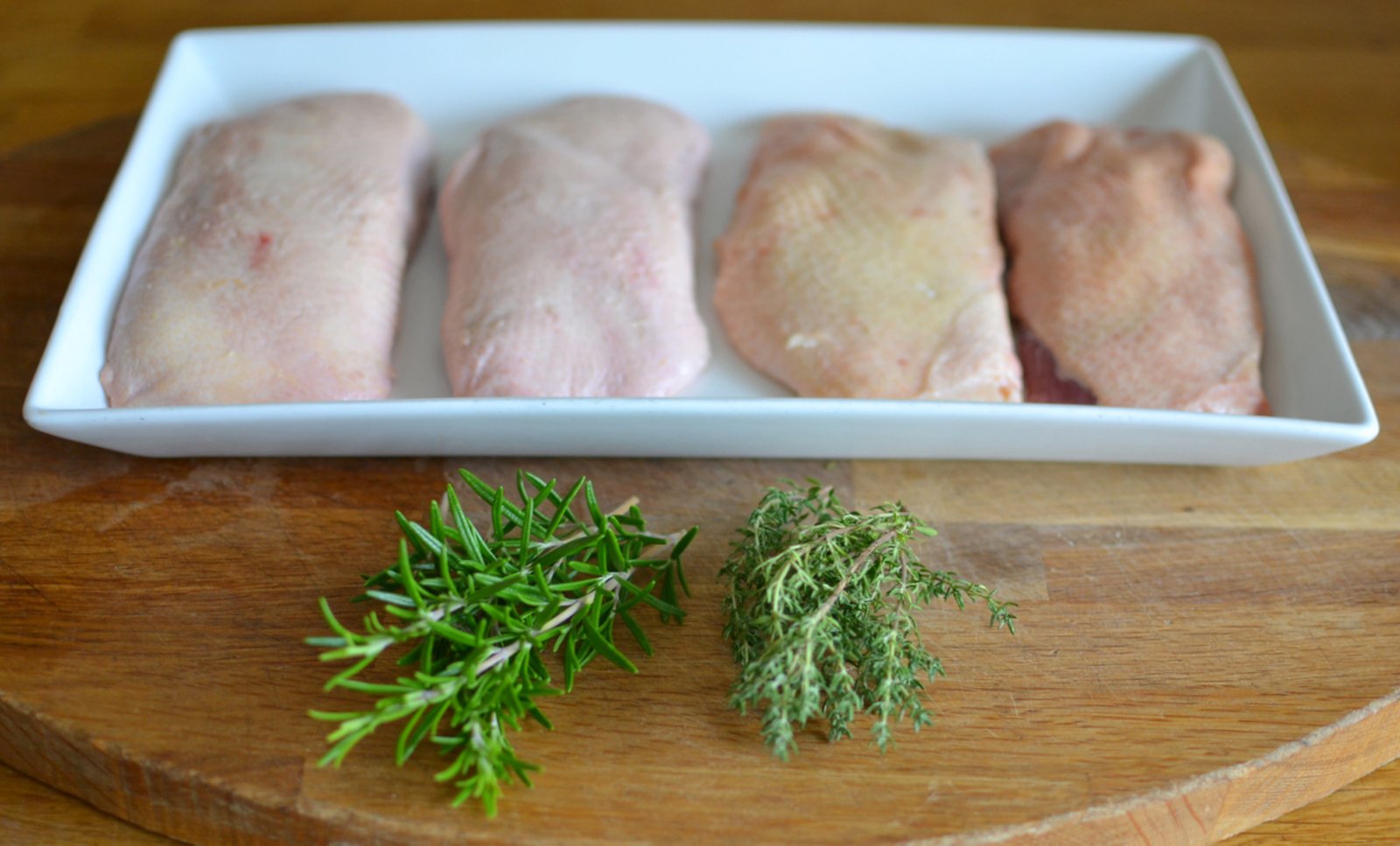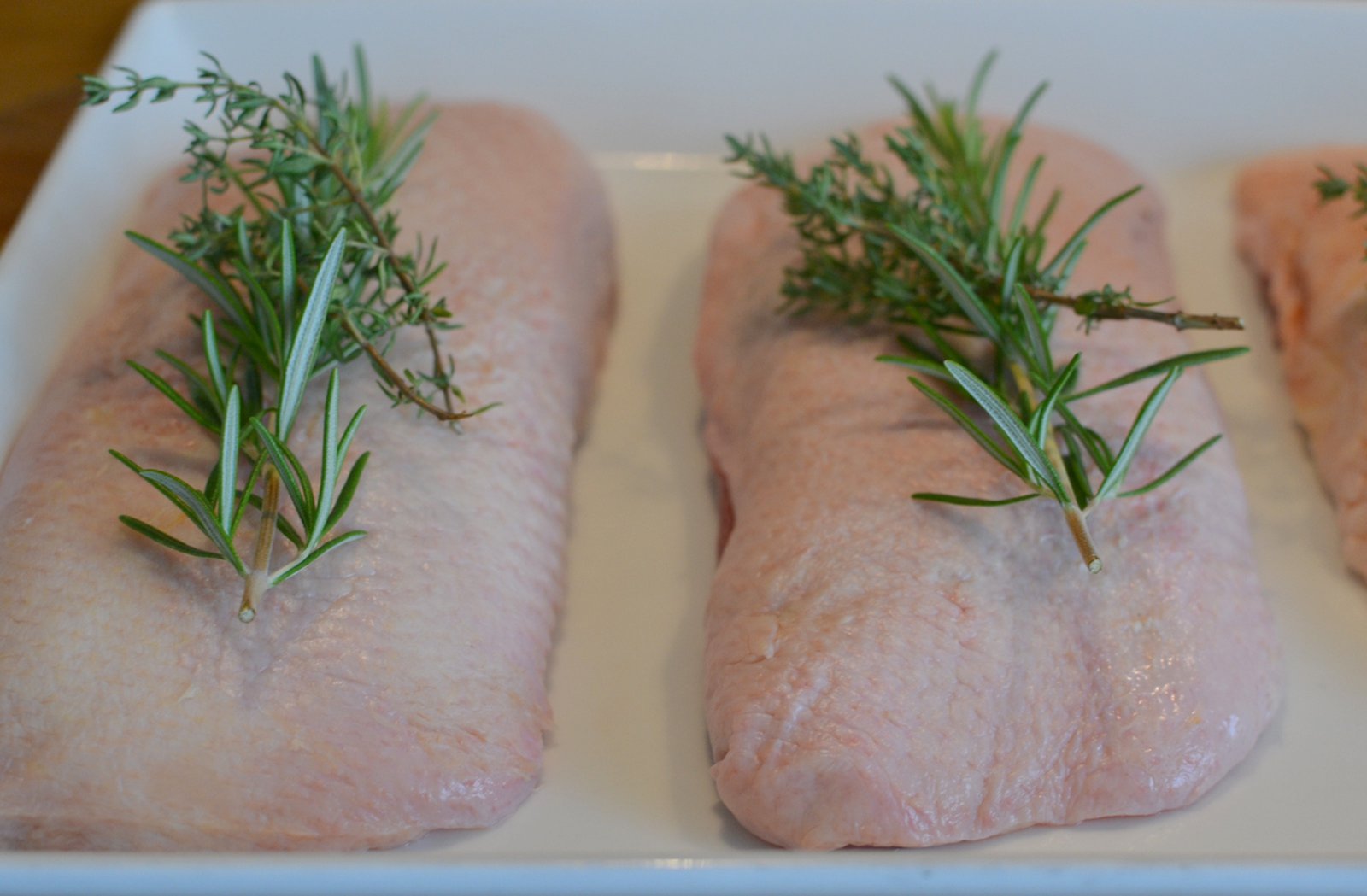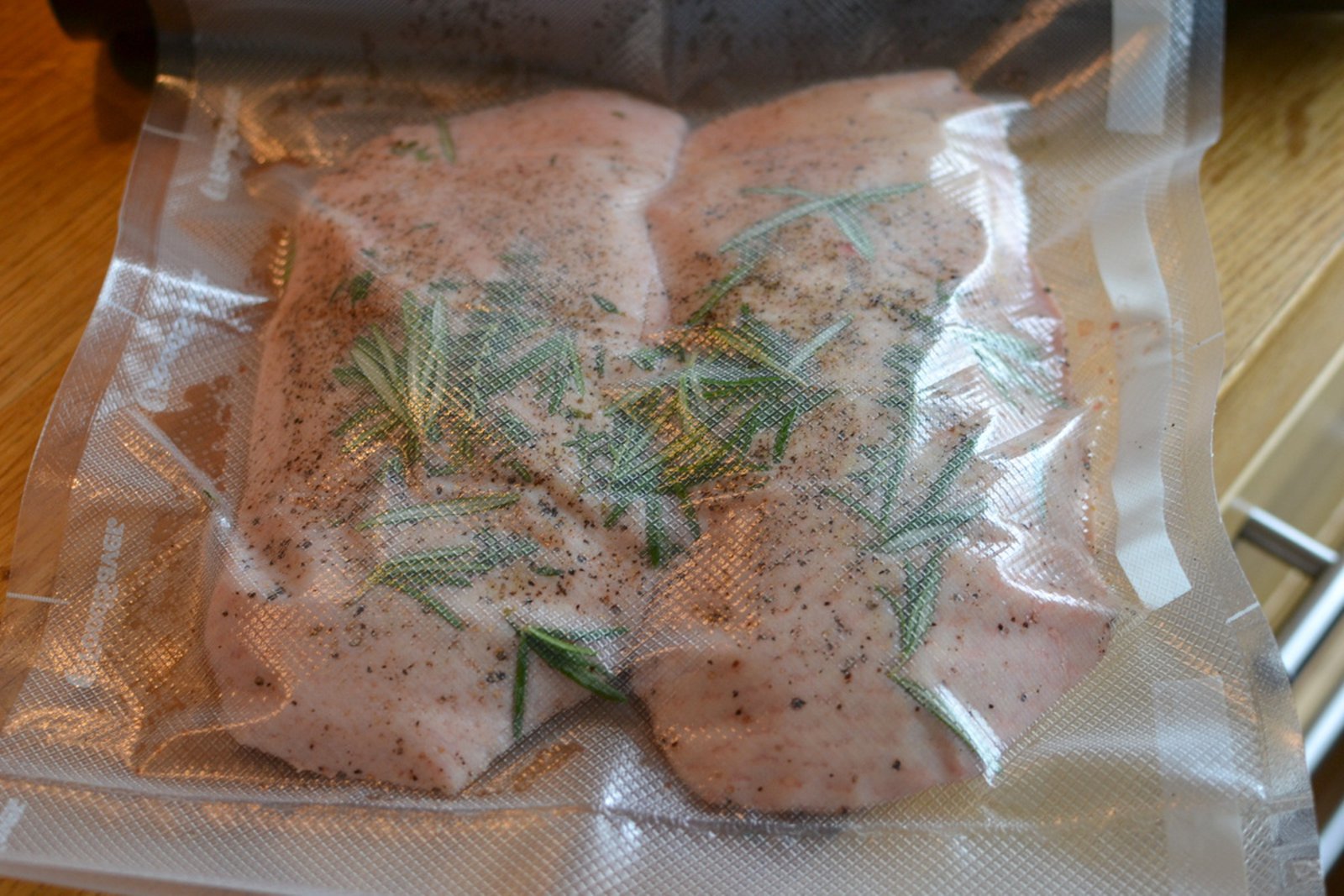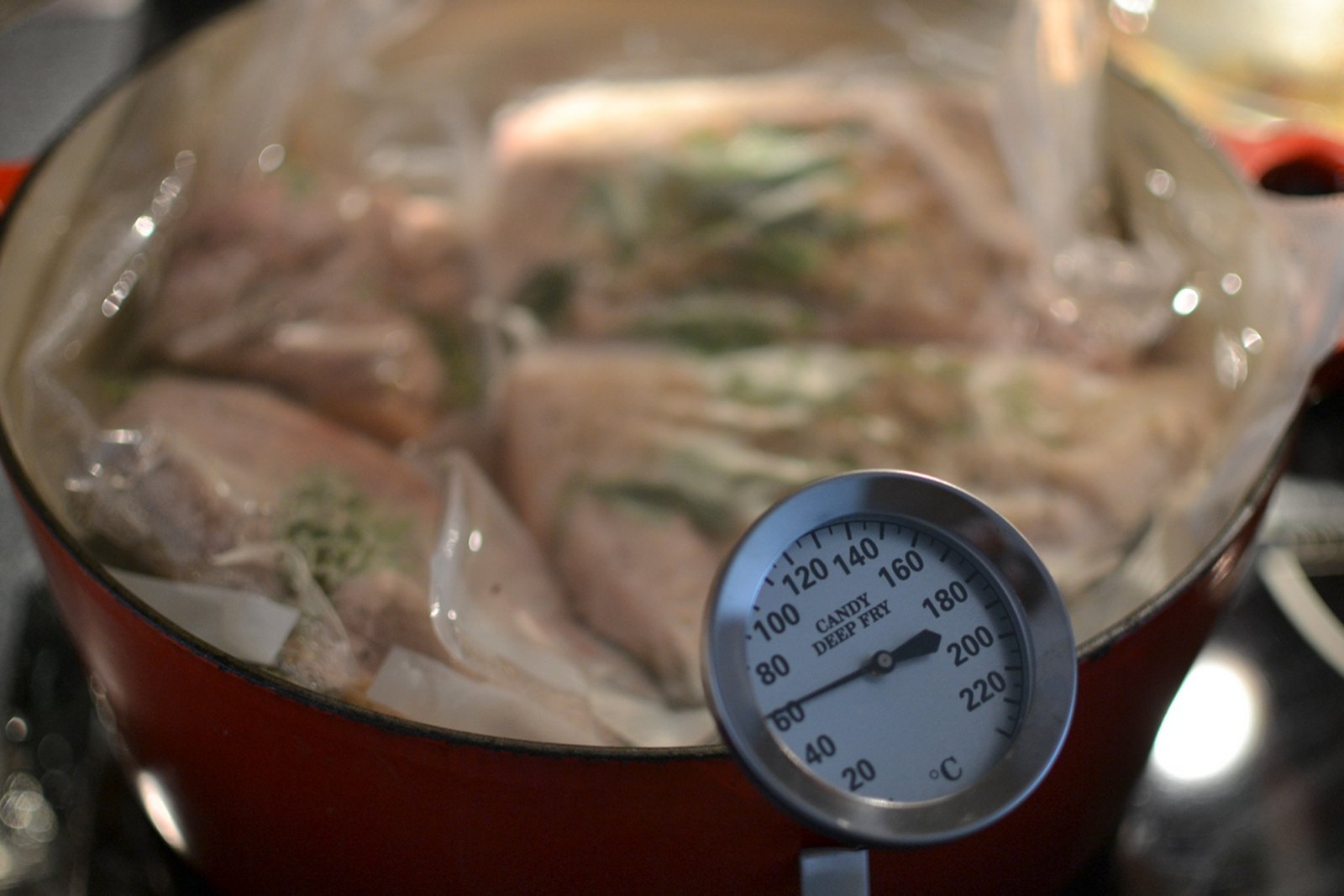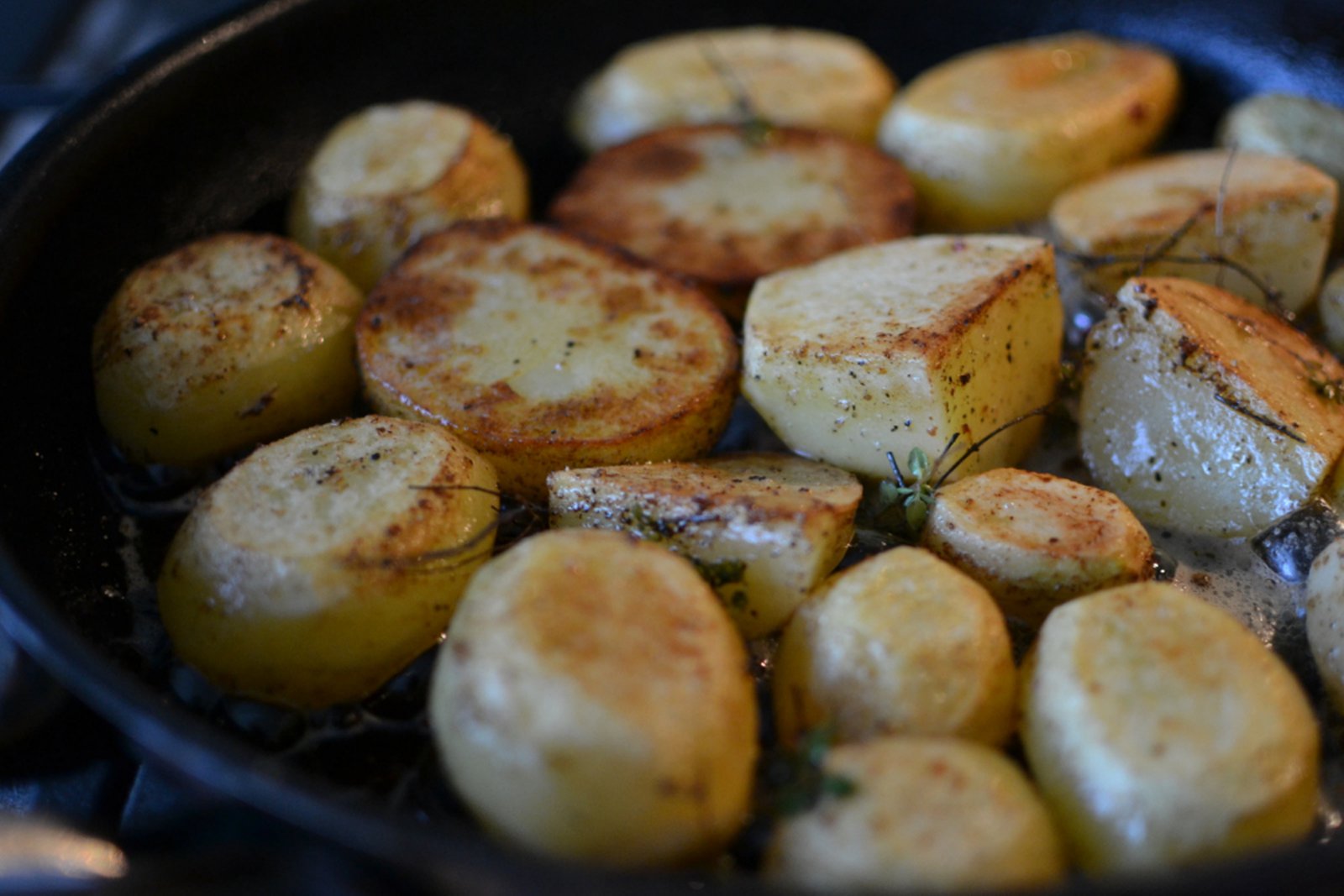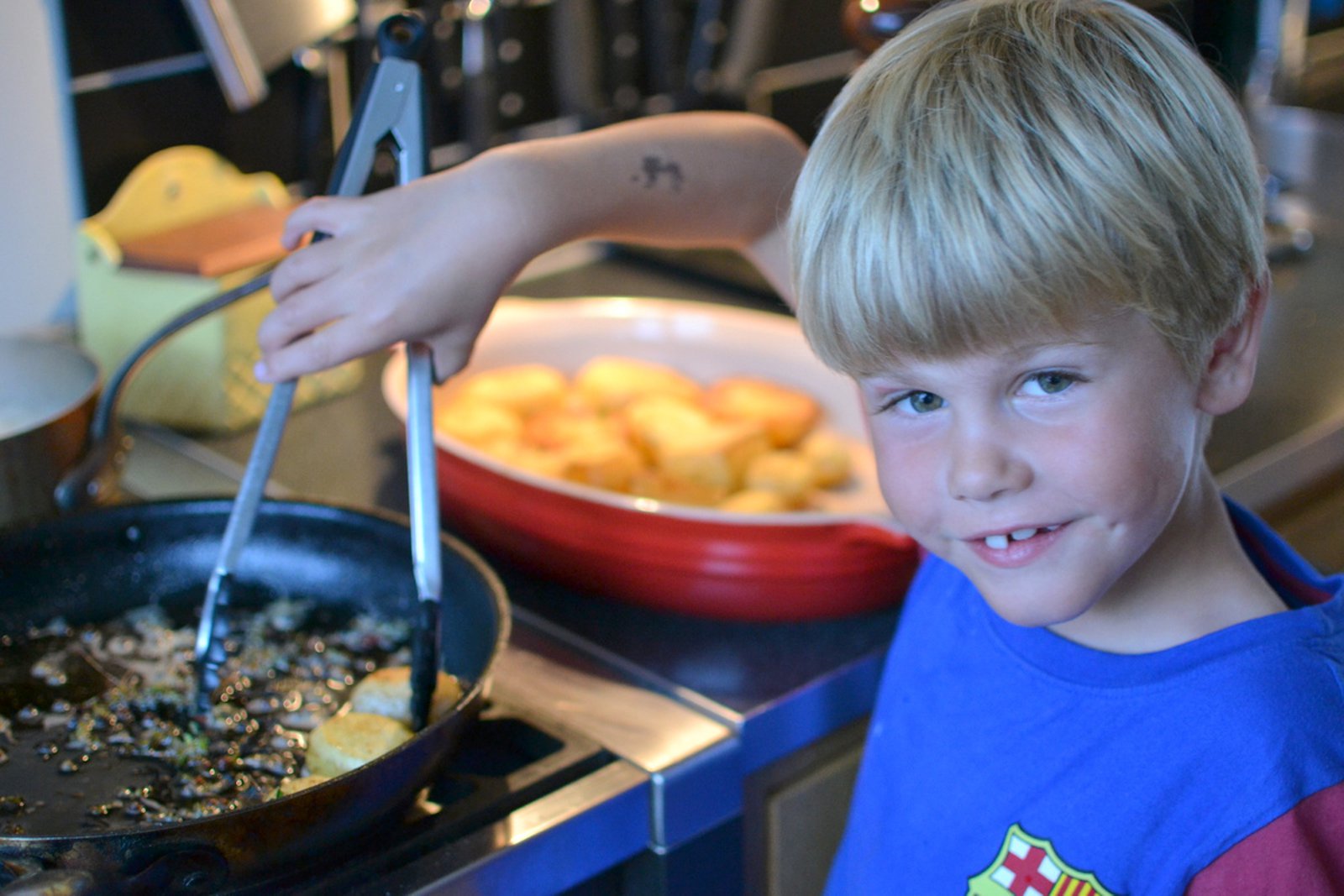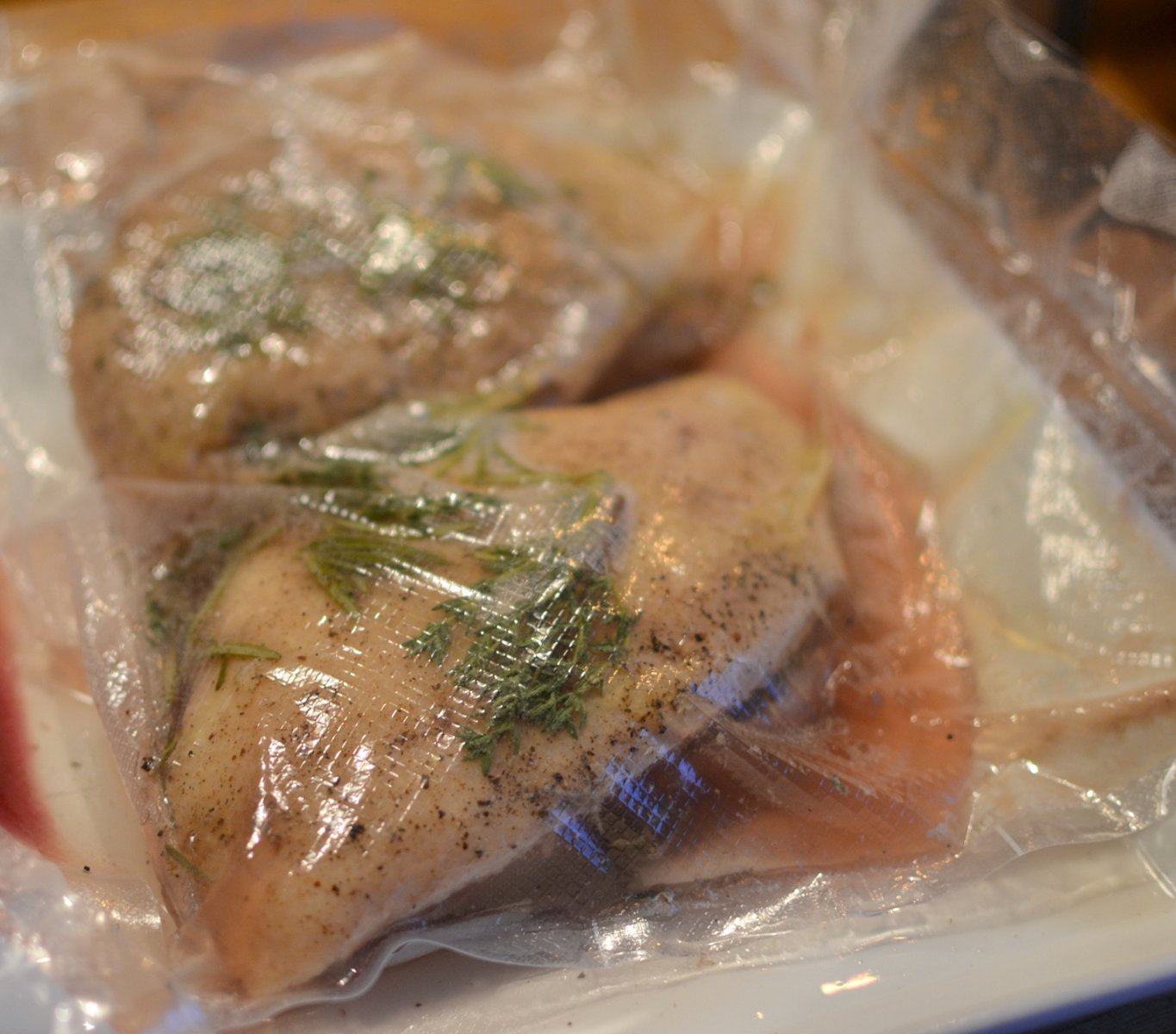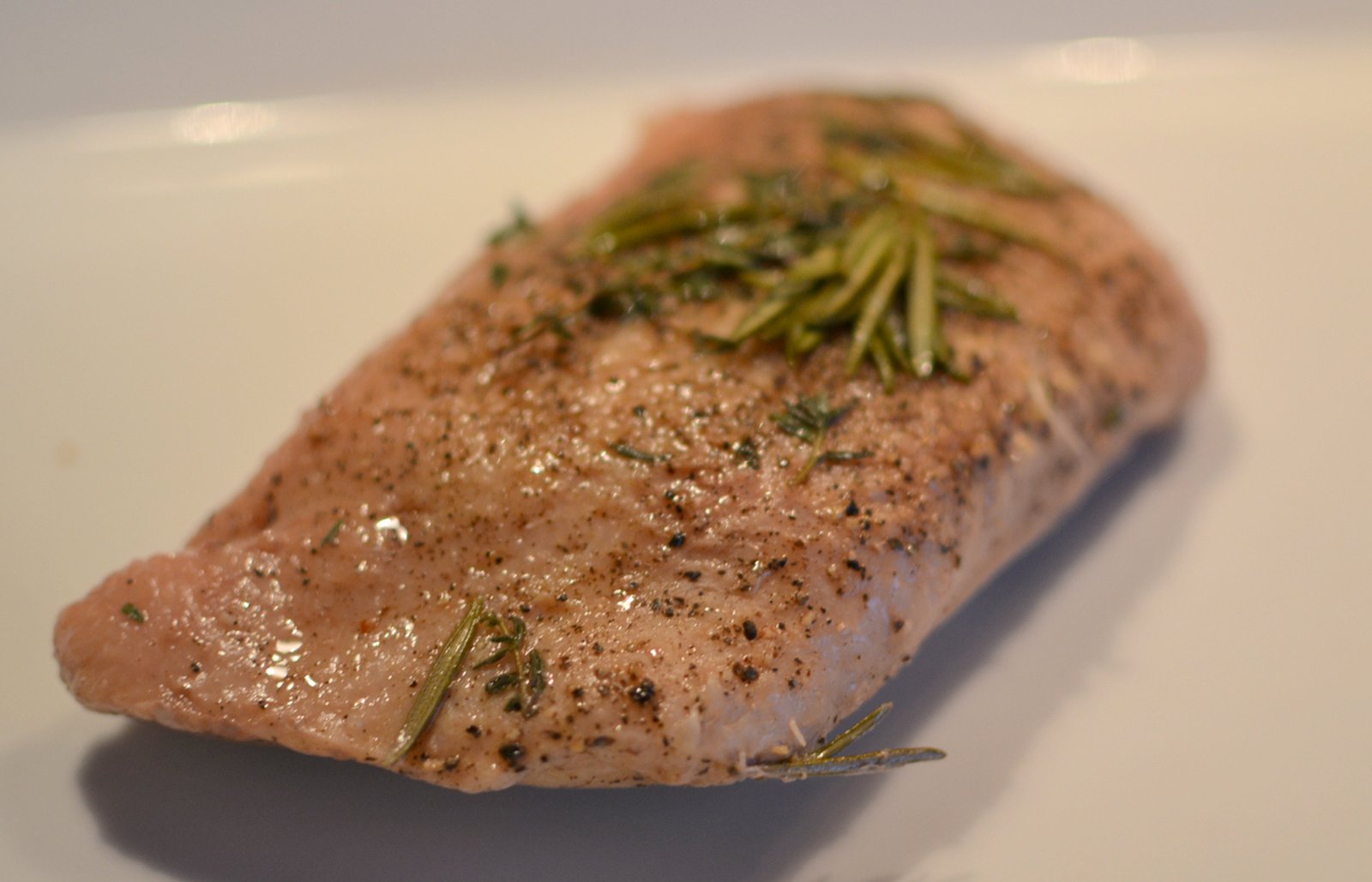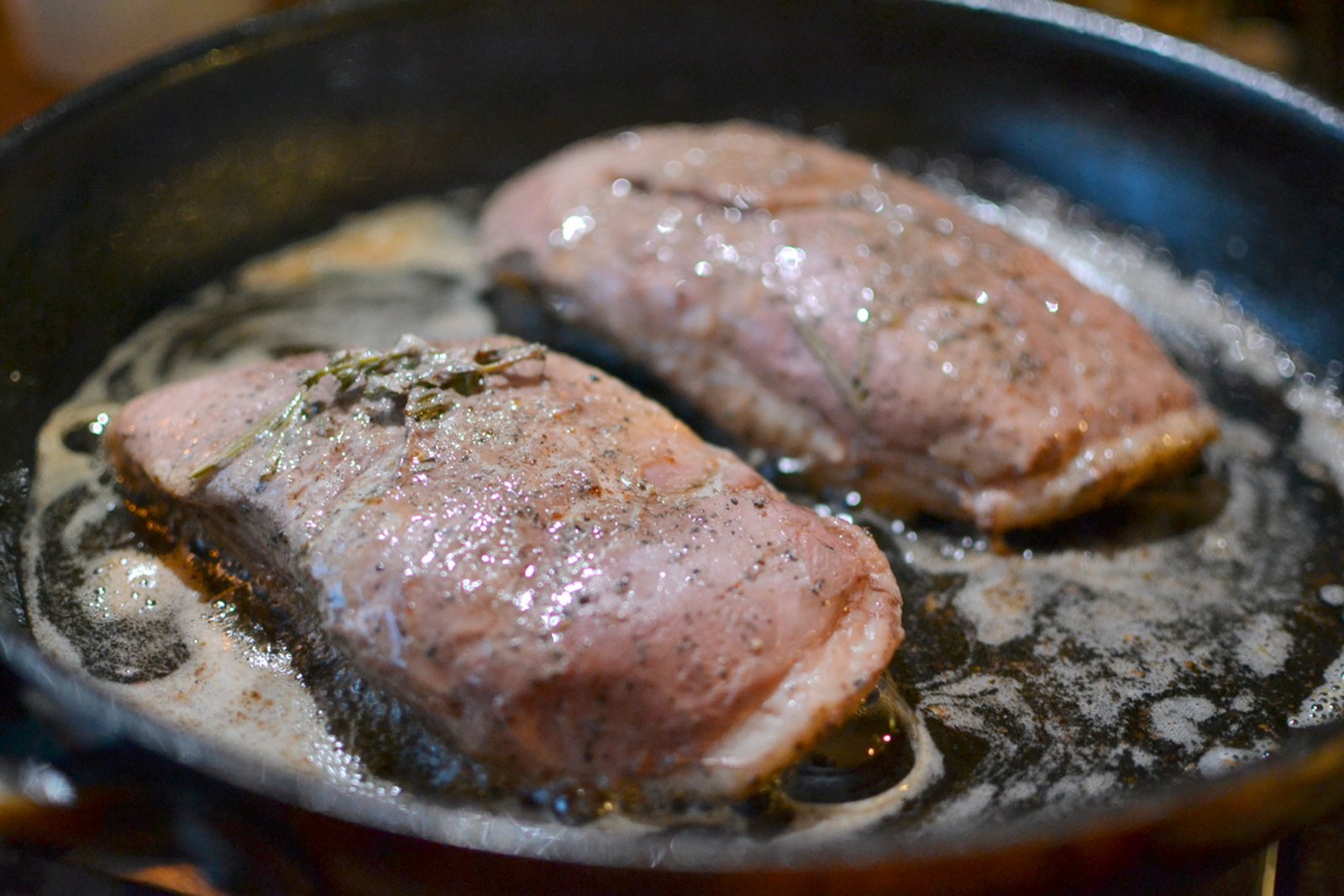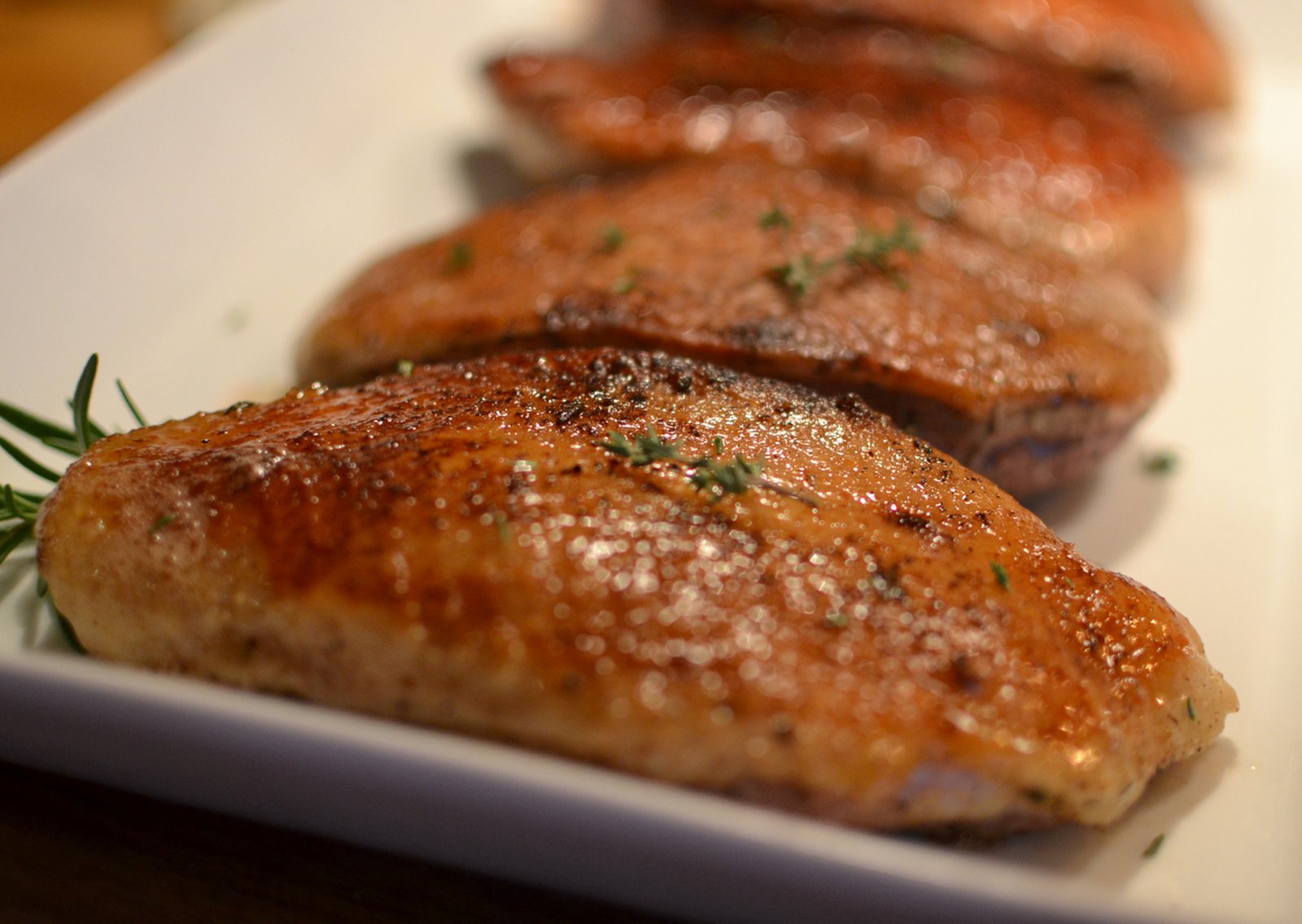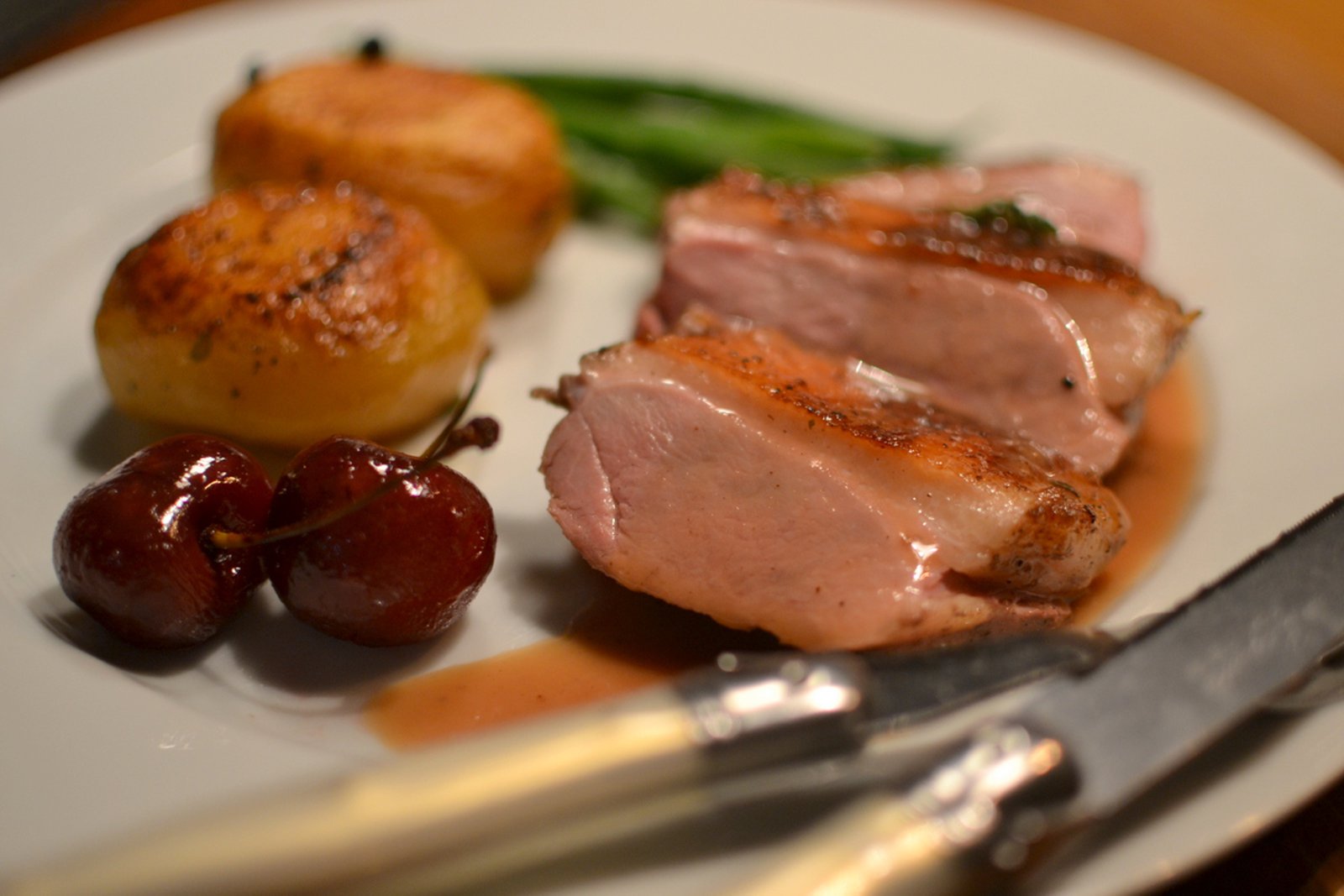
I received a request on my Facebook page about whether I had a good recipe for Osso buco - and I was rather confident that I had blogged about it at some point. After a bit of browse through my site I realized that I had never prepared this dish for the blog before - I was rather surprised, since this dish is a classic. And it is certainly a recipe that every amateur chef has to have under the belt.
Now, this will be remedied! And I believe I met the challenge. When it comes to Osso Buco, two schools of gastronomy conflict - between the ones that use tomatoes in the recipe, and the ones that prefer not to. Tomatoes are probably a recent addition, since the original recipe which came into being around the turn of the 19th century in restaurants outside Milan do not include their mention. Before, it was tradition to serve risotto with the Osso buco, but personally I find it a little too rich - in my view rice or mashed potatoes do the trick. This time, I decided to simply serve rice (even I have limits).
There are many things about this kind of cooking that makes me rejoice. Here, my love for slow cooking - where a chewy cut of meat is transformed into a gloriously succulent bite - is united with the fresh flavors offered by the gremolata, creating a deep, savory taste which elevates the dish to flavorful heights.
Robust Milanese Osso Buco with Gremolata and Rice

Of course, this is truly a simple dish to cook. But as mentioned many times before, and holds for all good food, what matters is making sure the ingredients are of high quality and providing the cooking with proper time and care. Food of this caliber, with shanks - which is by nature chewy if cooked briefly, becomes tender to the extent that it melts in the mouth if they are cooked long enough.

First, dust the veal shanks in seasoned flour, and by this I mean flour that has been seasoned with salt and pepper. Next, it is fried in a hot pot until both sides are beautifully browned. Set aside the meat while you care to the vegetables.

I cut, as is my habit, two carrots, two sticks of celery, two yellow onions and three cloves of garlic, and fried in the same pot where the meat received its treatment. This mixture of carrots, celery and onion is commonly referred to as "mirapoix" in French cooking and forms the basis for most soups and stews! There are other versions of mirepoix from varying countries, "the holy trinity" in Cajun cooking, "refugado" in Portuguese cooking, "sofrito" in Spanish, and "suppengrunen" in German cuisine, just to name a few. The contents differ slightly from one country to the other, but everywhere the central concern is the same - creating an aromatic foundation for the meal!

By frying the vegetables in the same pot, the stock from the meat is released. When the vegetables have been generously seasoned, and assumed a soft glisten and a sweet smell, it is time for an important step!

And that means uniting the slices of meat with the vegetables. You try to arrange it in a way where the slices rest in between the veggies, although without the ingredients being piled on top of each other.

Next pour a large glass of white wine over the meat, and the liquid is allowed to boil, and then reduce by about a half.
Then you add half a liter of light stock, e.g. vegetable stock or homemade chicken stock. I was of course stocked with these exact things, stored in my freezer. Season rigorously.

Following this, little remains but to place the lid on top of the pot and transfer the entire shebang into a 120 degree hot oven for 2-3 hours.

While the stew is cooking away in the oven, there is enough time for other, yet equally imperative matters. For example, clean the kitchen, or simply continue slaving away at the hobs. The next step, making the gremolata, which is herb paste made from lemon zest, garlic and parsley.

You must chop a handful of parsley, one clove of garlic and zest from a whole lemon.

You then stir it all together in a bowl, and just like that, it is ready to be served alongside the meat stew. With the dish - simple and ceaselessly classic - boiled white rice.

Along with the food we enjoyed some splendid red wine. I had recently picked up this bag-in-box in the "system" (the state-run alcohol monopoly). There is a variety of good wines you can get in this medium - and the quality is on the rise as many known winemakers have begun offering their wine in this way. All in all, lovely wine - thick in the glass. Good filling, a hint of spice and fresh berries.

The food turned out wonderfully. The bone marrow adds layers of depth to the flavor.

And as can be seen, we left little food behind.
Bon appetit!

























